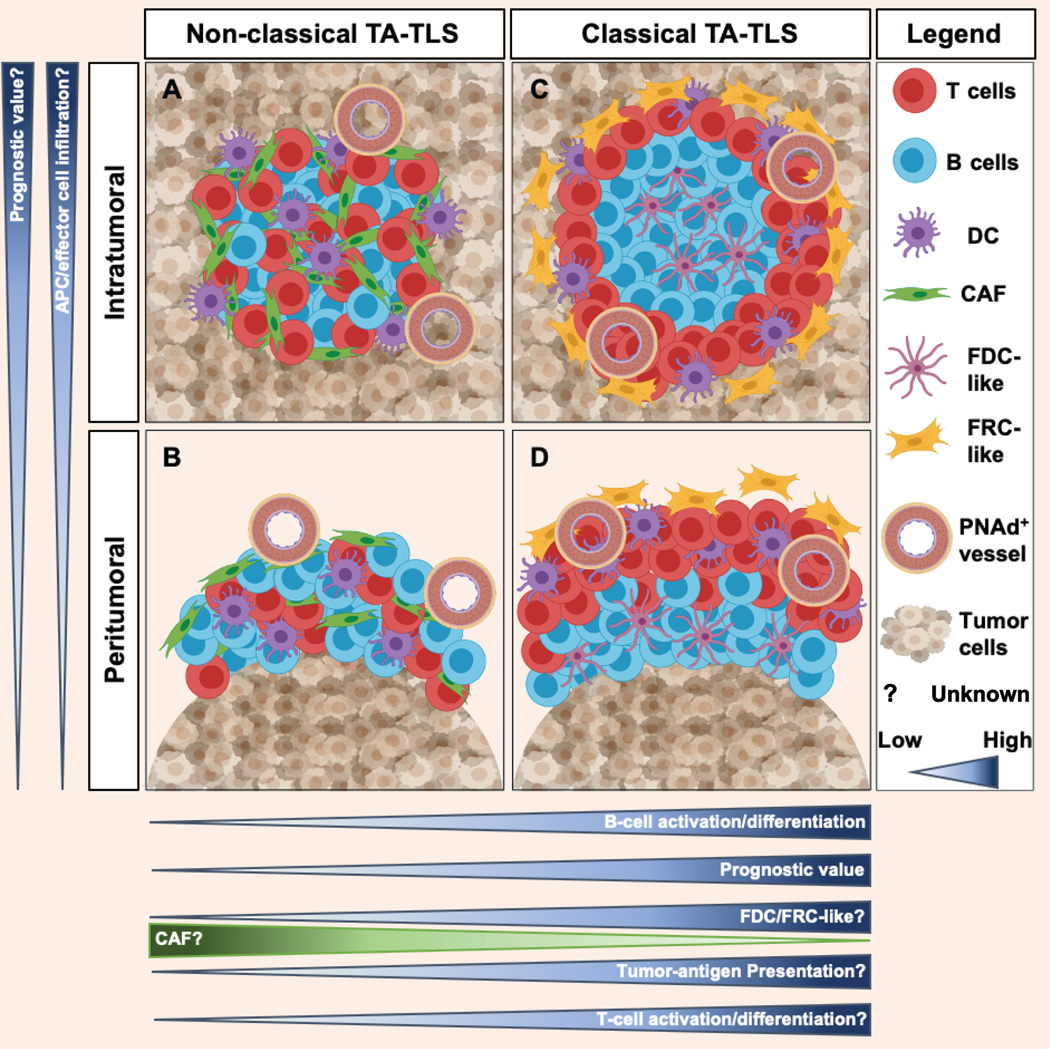Figure 1: Cellular, organization, and location heterogeneity associated with tumor-associated tertiary lymphoid structures.

TA-TLS are aggregates of T-cells, B-cells, dendritic cells (DC), and fibroblastic reticular cells (FRC)-/follicular dendritic cells (FDC)-like that are in juxtaposition to a tumor vessel expressing peripheral node addressin (PNAd). They can be found either intratumorally (A) or peritumorally (B). Limited evidence suggests that intratumoral structures may have greater prognostic significance, but this has not been widely established. It is also unknown whether the peritumoral location limits infiltration of APC and/or effector cells. TA-TLS can exhibit either a classical organization that contains discrete T-cell/DC and B-cell/FDC compartments (C) or a non-classical organization (D). Non-classical TA-TLS usually contain B-cells that are less activated than those in classical structures. Evidence suggests that classical TA-TLS have greater prognostic value than non-classical structures, and classical structures containing germinal centers may have the greatest value. While CAF support TA-TLS formation in murine melanoma, the role of CAF and of associated FRC-/FDC-like cells in supporting formation of non-classical and classical TA-TLS in other murine and human tumors remains to be determined. Similarly, it is unknown whether the lack of compartmentalization in non-classical TA-TLS limits tumor-antigen presentation and T-cell activation relative to classical structures, and whether any of these variables alter effector T-cell differentiation. Addressing these unknowns will determine how heterogeneity in TA-TLS cellular composition, structural organization, and anatomical location influences their functionality and prognostic impact.
